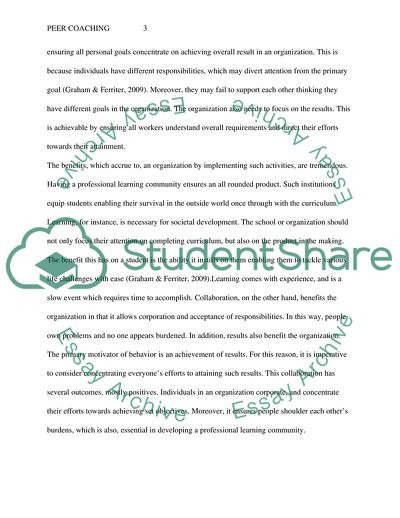Cite this document
(Peer-Coaching, Training, Supervision, and Implementation Literature review Example | Topics and Well Written Essays - 1750 words - 1, n.d.)
Peer-Coaching, Training, Supervision, and Implementation Literature review Example | Topics and Well Written Essays - 1750 words - 1. https://studentshare.org/education/1804209-assignment-and-journal
Peer-Coaching, Training, Supervision, and Implementation Literature review Example | Topics and Well Written Essays - 1750 words - 1. https://studentshare.org/education/1804209-assignment-and-journal
(Peer-Coaching, Training, Supervision, and Implementation Literature Review Example | Topics and Well Written Essays - 1750 Words - 1)
Peer-Coaching, Training, Supervision, and Implementation Literature Review Example | Topics and Well Written Essays - 1750 Words - 1. https://studentshare.org/education/1804209-assignment-and-journal.
Peer-Coaching, Training, Supervision, and Implementation Literature Review Example | Topics and Well Written Essays - 1750 Words - 1. https://studentshare.org/education/1804209-assignment-and-journal.
“Peer-Coaching, Training, Supervision, and Implementation Literature Review Example | Topics and Well Written Essays - 1750 Words - 1”. https://studentshare.org/education/1804209-assignment-and-journal.


